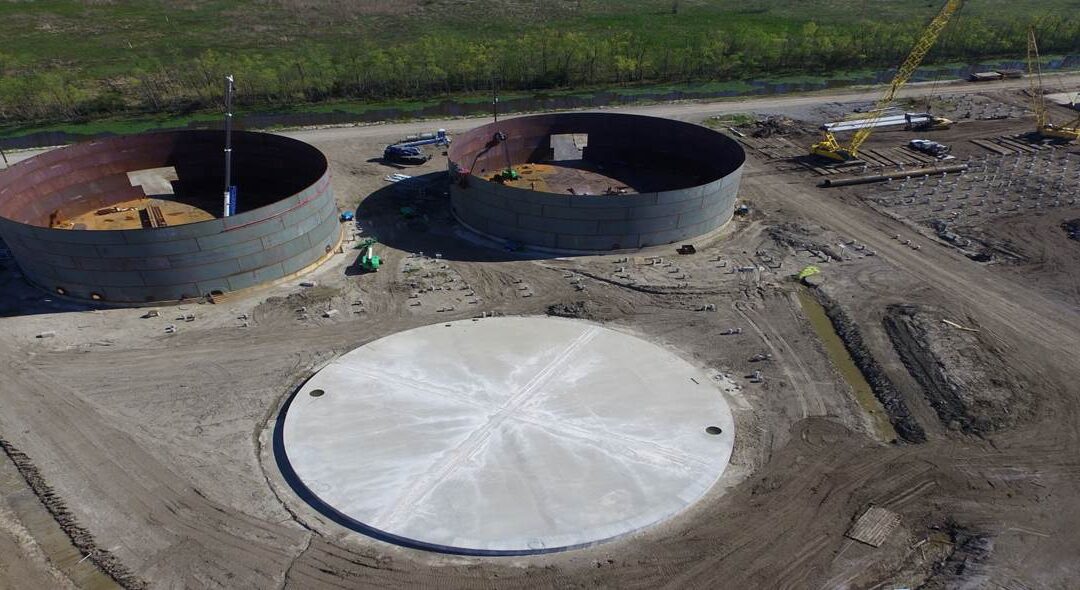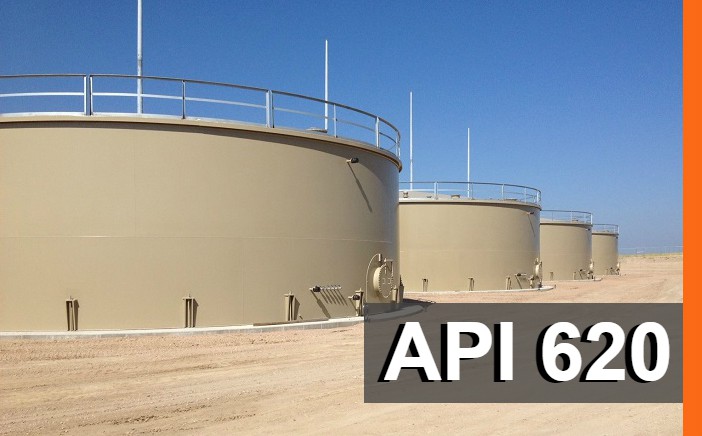Recognizing the Value of Welding Examination in Quality Control Processes
Welding inspection is an essential element of quality control in construction and manufacturing. It guarantees that welds follow established standards, which is critical for structural stability. Different evaluation methods, from aesthetic to ultrasonic testing, assistance identify defects early. This proactive technique not only protects against expensive repairs but additionally enhances security. Recognizing the nuances of welding examination can expose its more comprehensive effects for market conformity and reputation. API 650 Welding Inspection. What lies underneath the surface of these techniques?
The Duty of Welding Examination in Top Quality Guarantee
While welding is a vital process in different sectors, its high quality and integrity pivot substantially on efficient examination practices. Welding examination serves as a protect, guaranteeing that welds satisfy recognized criteria and specs. This procedure not just determines defects but also examines the general craftsmanship, therefore adding to the safety and security and long life of bonded frameworks. Evaluations are important to quality control, as they assist keep and prevent costly failures conformity with sector regulations. By employing competent assessors, organizations can boost their operational effectiveness and maintain their reputations. Additionally, the understandings obtained from examinations can educate continuous enhancement, causing much better methods and training for welders. Eventually, welding examination serves as an important link in the quality control chain, making sure that every joint is qualified and trustworthy of withstanding the roughness of its desired application. This persistance is vital for the honesty of facilities and the safety and security of end users.
Kinds Of Welding Inspections
Welding assessments encompass a range of techniques created to assess the quality and honesty of welds. These evaluations are crucial in guaranteeing conformity with industry requirements and requirements. Typical types of welding evaluations consist of visual examination, which permits instant recognition of surface abnormalities; ultrasonic testing, which utilizes high-frequency acoustic waves to spot internal imperfections; and radiographic testing, utilizing X-rays or gamma rays to expose weld integrity underneath the surface (API 650 Welding Inspection). Additionally, magnetic particle testing is made use of to determine surface area and near-surface gaps in ferromagnetic products, while color penetrant testing provides a method for exposing surface-breaking issues. Each kind of assessment serves a certain function, adding to the total quality control process. By employing a combination of these methods, inspectors can offer a comprehensive assessment of welding high quality, ultimately making sure the safety and security and integrity of welded frameworks
Usual Problems Discovered in Welding
A selection of common flaws can happen throughout the welding process, affecting the stability and efficiency of welded structures. These flaws consist of porosity, which involves caught gas pockets within the weld, damaging its toughness. Cracks may likewise create due to rapid cooling or inappropriate joint layout, resulting in prospective failure under stress and anxiety. Incomplete fusion occurs when there wants melting of the base metal, resulting in weak bonds. An additional issue, undercutting, involves the elimination of base steel along the weld edge, producing a significant structural weak point. Additionally, excessive her comment is here spatter can impact the appearance and demand more cleansing or repair. Imbalance can lead to uneven weld beads, endangering the total quality. Identifying these defects early through correct evaluation methods is necessary to ensure the dependability and security of welded components, ultimately guarding the efficiency of the entire structure.

Advantages of Normal Welding Examinations
Regular examinations play a considerable function in maintaining the top quality and security of bonded frameworks, specifically taking into account the common flaws previously detailed. These assessments give a chance to recognize and correct concerns before they rise into severe troubles, ensuring structural stability. By spotting imperfections early, organizations can decrease repair work prices and stay clear of possible project delays.
In addition, normal welding evaluations boost compliance with market criteria and laws, promoting trust amongst stakeholders. This adherence not just safeguards the company's track record but additionally adds to boosted security for employees and the public.
Additionally, regular evaluations help with much better training and ability growth for welders, as responses from inspections can direct enhancements. Inevitably, the benefits of regular welding examinations expand past instant quality control, advertising long-lasting operational effectiveness and integrity in bonded structures.
Finest Practices for Effective Welding Examination
Applying best practices in welding assessment is crucial for guaranteeing the highest requirements of quality and safety and security. Examiners have to be adequately educated and licensed, possessing a detailed understanding of welding methods and products. Utilizing sophisticated inspection innovations, such as ultrasonic screening and radiography, enhances the discovery of defects that may not be noticeable to the nude eye. Developing a clear assessment strategy, describing the standards and frequency of evaluations, assurances uniformity and thoroughness.

Recording all findings meticulously is important for traceability and accountability. Routine calibration of assessment devices guarantees precision, while keeping a organized and clean work area decreases the danger of contamination. Furthermore, promoting open interaction among staff member assists in the sharing of insights and advertises a culture of quality. By sticking to these ideal techniques, companies can notably enhance their welding quality control processes, ultimately bring about safer and more reputable products.

Regularly Asked Questions
What Certifications Are Needed for a Welding Assessor?
A welding inspector normally calls for certification from recognized organizations, such as the American Welding Society (AWS) or the International Institute of Welding (IIW), in addition to relevant experience and understanding in welding procedures and quality standards.
Exactly How Often Should Welding Inspections Be Done?
Welding inspections ought to be carried out regularly, generally at different job stages, consisting of prior to, throughout, and after welding procedures - API 650 Welding Inspection. The frequency usually depends on task requirements, regulatory requirements, and the intricacy of the welds included
What Are the Costs Linked With Welding Assessments?
The prices connected with welding inspections vary extensively, usually varying from a few hundred to numerous thousand bucks, relying on variables like examination kind, task dimension, and place, affecting overall job budgets and timelines.
Can Welding Inspections Be Conducted From Another Location?
Yes, welding assessments can be performed remotely using other innovative innovations such as drones, cams, and ultrasonic testing. These approaches permit examiners to evaluate weld honesty without read the full info here being literally present, enhancing effectiveness and safety in numerous environments.
Just How Do Assessment Results Influence Project Timelines?
Examination results can substantially affect project timelines by determining defects early, leading to needed rework or adjustments. Hold-ups might happen if inspections expose issues requiring resolution, inevitably impacting total project completion and budget adherence.
Welding assessments incorporate a range of techniques designed to examine the top quality and integrity of welds. Typical types of welding evaluations consist of aesthetic evaluation, which permits for prompt identification of surface abnormalities; ultrasonic testing, which utilizes high-frequency audio waves to find internal imperfections; and radiographic testing, using X-rays or gamma rays to expose weld integrity under the surface area. Consistent assessments promote far better training and ability advancement for welders, as feedback from examinations can direct improvements. Implementing best methods in welding assessment is important for ensuring the greatest requirements of top quality and security. Welding evaluations must be done consistently, normally at numerous task phases, including prior to, throughout, and after welding procedures.